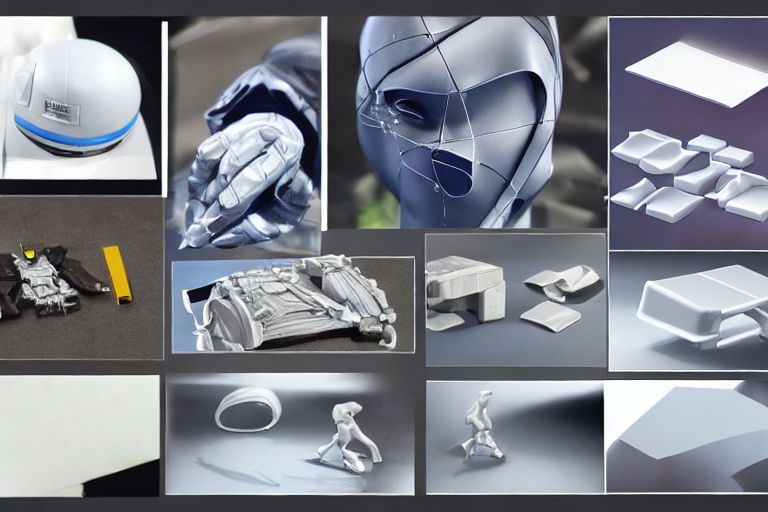Exploring the Potential of Nanotechnology: Lightweight and Durable Materials for Earth and Space
Nanotechnology is a rapidly growing field that has the potential to revolutionize many aspects of our lives. One of the most exciting applications of nanotechnology is the creation of lightweight and durable materials. These materials have the potential to benefit a wide range of industries, from aerospace to automotive and beyond.
What is Nanotechnology?
Nanotechnology involves the manipulation and control of materials at the nanoscale. This is a scale that is typically smaller than 100 nanometers, or about 1/1000th the width of a human hair. At this scale, materials can exhibit unique properties, such as increased strength and flexibility, that make them ideal for many applications.
The Potential of Lightweight and Durable Materials for Earth
Lightweight and durable materials have the potential to revolutionize many industries on Earth. For example, the automotive industry can benefit greatly from lightweight materials that can improve fuel efficiency and reduce emissions. Materials like carbon fiber, which is made of nanoscale carbon fibers, are already being used in some high-end vehicles.
The construction industry can also benefit from lightweight and durable materials. For example, the use of concrete reinforced with nanoscale fibers can improve the strength and durability of buildings and other structures.
The Potential of Lightweight and Durable Materials for Space
Lightweight and durable materials are even more important for space applications. Spacecraft and satellites need to be as lightweight as possible in order to reduce the amount of fuel needed for launch. At the same time, these materials need to be incredibly strong and durable in order to withstand the harsh conditions of space.
Nanotechnology can help us meet these challenges. For example, materials like nanotubes and graphene have incredible strength and are incredibly lightweight. These materials are being considered for use in everything from spacecraft hulls to solar sails.
Conclusion
The potential of nanotechnology for creating lightweight and durable materials is truly exciting. These materials have the potential to revolutionize many industries, from aerospace to automotive to construction. As research in this field continues, we can expect to see even more amazing breakthroughs that will change the way we live and operate in our world and beyond.



